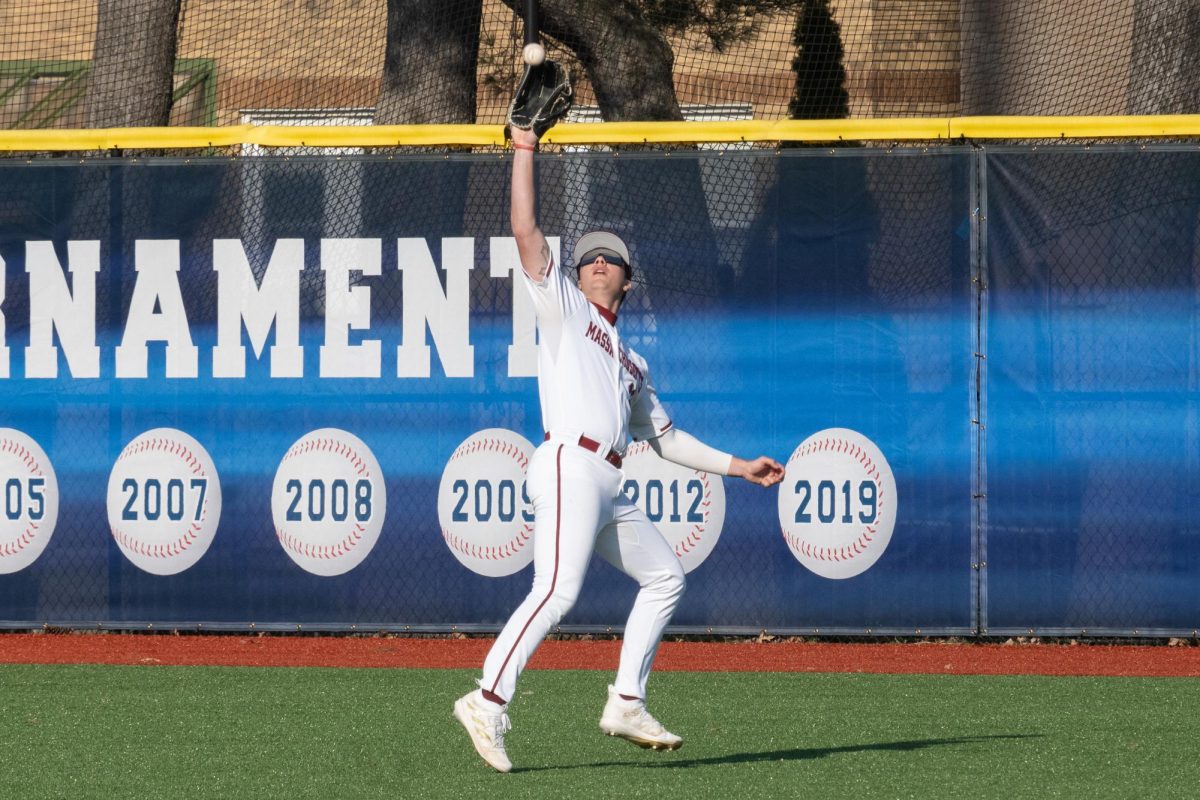
The University of Massachusetts Police Department has been conducting active threat training workshops with groups and organizations on campus over the past month, including the Office of Information Technologies and the Student Government Association.
An active threat is defined as “any incident which creates an immediate threat or presents an imminent danger to the campus community,” according to UMPD. This includes active shooter-type incidents, a person carrying a knife or any other situation that could turn violent.
“We also include students with mental health distress,” UMPD Officer Brian Kellogg said. “We keep an eye out for kids to look out for, if their medication is too high or too low.”
The training is a 90-minute workshop that teaches students and staff how to react to an active threat. It includes a 20-minute video, a PowerPoint and a discussion at the end.
There are two different versions of the video.
“They’re almost identical videos – they use the same language and actions,” Kellogg said. The only difference, he said, is that one video pertains to a campus shooting, while the other is about an office shooting.
The video for students, titled, “When Lightning Strikes,” was “very helpful” to freshman SGA member Ryan Jancsy. “It gave you a visual idea of what to do when there’s a shooter,” he said.
The PowerPoint highlights different points of the video. “It goes through the video, and we make it particular to the University,” Kellogg said. “It gives people a sense of what to do.”
Kellogg also said that sometimes when two officers are presenting, one officer will leave and make note of different types of door locks and places to hide around the building where the presentation is taking place.
The content of the workshop revolves around how to assess what options one has if they are in a situation where an active threat is real.
“We call it ‘the outs.’ Get out, hideout, take out,” Kellogg said.
The first option is to attempt to get out of the situation, if possible. The second is to hide.
“We teach students how to lock doors, teach them to pull shades down and shut lights off,” Kellogg said. “You are hiding in the room and doing your best to barricade it.”
However, sometimes the first two options don’t work out, Kellogg said. In that case, one has to attempt to take out the shooter. Physical force is necessary in order to protect oneself, according to Kellogg.
Kellogg stressed that this part of the workshop wasn’t a self-defense class, though.
“We ask, ‘What would you do?’ We like to let the class tell us what they would do with physical force,” he said. “This helps keep the conversation moving forward. We don’t want to preach to them.”
Normally, the police officers give participants different scenarios and ask what the appropriate way to react is. One such scenario is what the students would do if the gun becomes loose.
“Most kids say they would pick it up and point it at the shooter to keep him there, like in the movies,” Kellogg said. “However, we explain that they should only secure the gun. You don’t want to be standing there when the police pull up with a gun pointed at someone on the ground.”
The possibility of an active shooter at UMass is not very likely, according to Kellogg. “UMass is pretty far ahead of the curve,” he said. “The Dean of Students Office is on top of students who exhibit concerning behavior.”
Kellogg said these workshops are crucial.
“The reality of the situation is that the police aren’t normally going to get there in time,” he said. “People need to know what to do in the time between the police arriving and the time that the shooter is active.”
Jancsy said that the workshop put into perspective how an active threat situation could become reality.
“You don’t really think about it happening to you,” he said. “You have to realize that 25,000 kids go here, and knowing what to do in the back of your mind is helpful for these kinds of situations.”
Katherine Gilligan can be reached at [email protected].


















